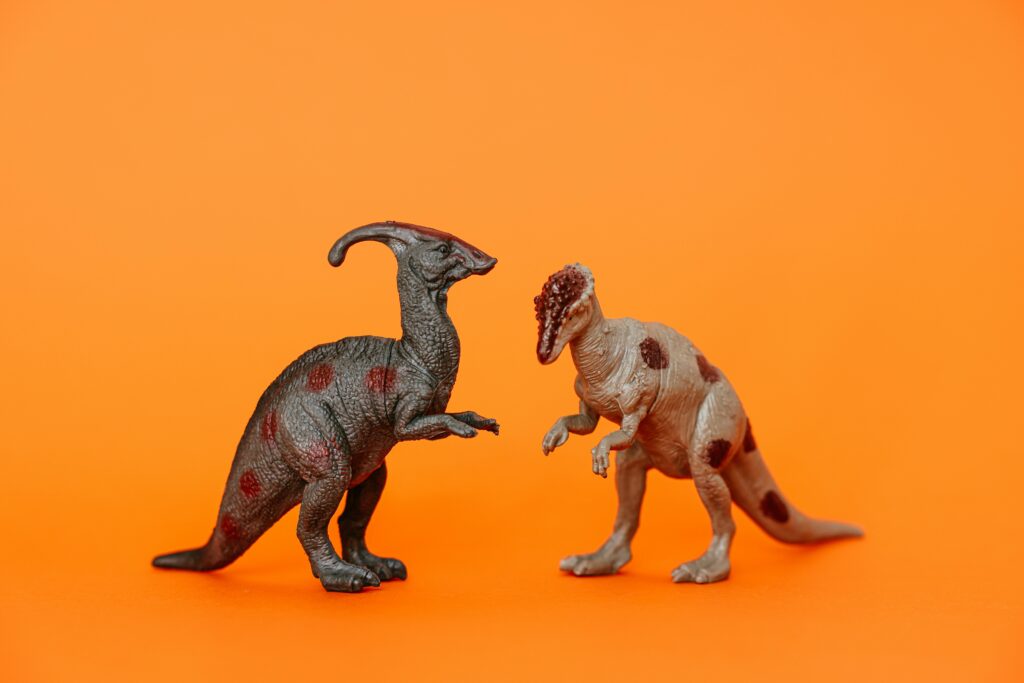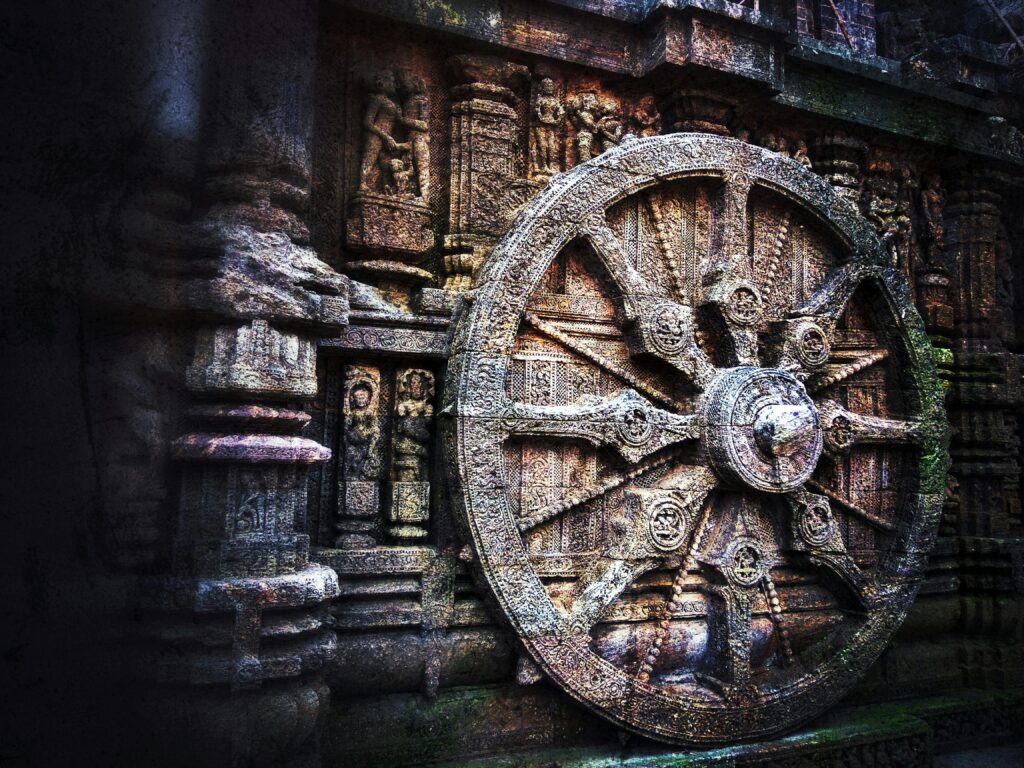CHAPTER 1
Sources of History Question and Answer ICSE Class 6
Section A: Answer the Following Questions
- What is history? Why do we study history?
Ans: History is the study of past events, civilizations, and societies. It helps us understand how human societies have evolved over time, learn from past mistakes, and appreciate cultural heritage. - What is the difference between prehistory and history?
Ans: Prehistory refers to the period before the invention of writing, while history begins with the availability of written records. - How many groups can the sources of history be broadly divided into? Name them.
Ans: The sources of history are broadly divided into two groups:- Archaeological sources
- Literary sources
- What is archaeology? Why is it so important for the study of prehistory?
Ans: Archaeology is the study of human history through the excavation of sites and analysis of artifacts. It is crucial for studying prehistory as it provides evidence from a time when written records did not exist. - What are monuments?
Ans: Monuments are structures built to commemorate important events or people, such as temples, forts, palaces, and tombs. - Why are coins considered an important source of ancient history?
Ans: Coins provide information about rulers, economy, trade, religion, and culture of ancient times. - Name five archaeological objects that provide important clues to the history of humans in the ancient period.
Ans: Five archaeological objects are:- Pottery
- Tools and weapons
- Coins
- Inscriptions
- Sculptures
- What information do we get from inscriptions?
Ans: Inscriptions provide details about historical events, rulers, administration, laws, and religious beliefs. - Why are inscriptions a reliable source of information?
Ans: Inscriptions are reliable because they are contemporary records engraved on durable materials, reducing the chances of alterations. - What are manuscripts? On what surfaces were they written?
Ans: Manuscripts are handwritten records of historical and literary texts. They were written on surfaces like palm leaves, birch bark, and parchment. - How many categories can you divide literary sources into? Name them.
Ans: Literary sources are divided into two categories:- Religious literature
- Secular literature
- What do you understand by secular literature? Give two examples.
Ans: Secular literature consists of texts that do not focus on religious themes but cover subjects like politics, science, and society. Examples:- Arthashastra
- Rajatarangini
Section B: Match the Following
| Group 1 | Group 2 |
|---|---|
| Monuments | Archaeological Source |
| Coins | Numismatics |
| Inscriptions | Epigraphy |
| Manuscript | Dried Palm Leaves |
| Jarshacharita | Biography of a Ruler |
| Arthashastra | Politics |
| Manusmriti | Ancient Law |
| Fa Hien | Chinese Traveller |
C. Fill in the Blanks:
- History is a record of people, places and events of the past arranged in chronological order.
- Prehistory is the history of the period before writing was invented.
- The sources of history can be broadly classified into archaeological sources and literary sources.
- The study of coins is known as numismatics
- Inscriptions are engraving on solid objects.
- Edicts are royal commands issued by kings.
- Handwritten records of the past are known as Manuscripts.
- Literary source material can be divided into religious literature and secular literature.
- The Greek ambassador in Chandragupta MAurya’s court was Megasthenes.
- The Chinese traveller who came to India were Fa Hien and Hiuen Tsang.


